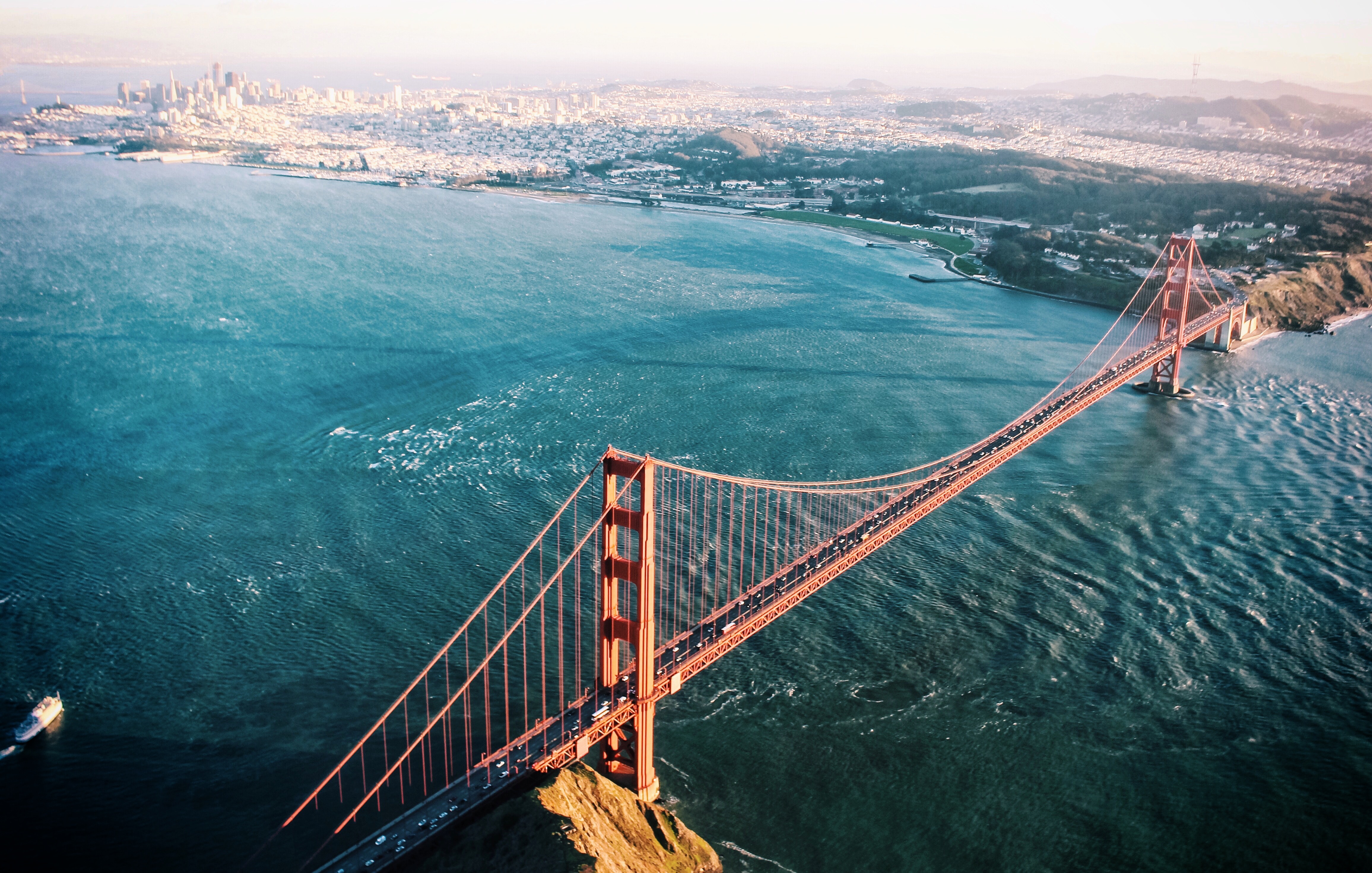by Tina Zeng
Th e Environmental Stewardship Program (ESP 6.0) has been providing environmental protection opportunities for five years and for the first meeting of its sixth year on October 7th, we watched “Save the Bay,” a film detailing the rise of the Save San Francisco Bay Association--founded by three courageous and stubborn women in the 1960s who prevented the remaining baylands of San Francisco Bay from being filled in and turned into sand and dirt packed down for development
e Environmental Stewardship Program (ESP 6.0) has been providing environmental protection opportunities for five years and for the first meeting of its sixth year on October 7th, we watched “Save the Bay,” a film detailing the rise of the Save San Francisco Bay Association--founded by three courageous and stubborn women in the 1960s who prevented the remaining baylands of San Francisco Bay from being filled in and turned into sand and dirt packed down for development
To start our story, in the early 1960s, San Francisco Bay was rapidly being filled in for development—of the original 200,000 acres of marshes that made up SF Bay’s baylands, over 60% had been filled in and paved over by then. Moreover, the foul-smelling waters were turning into dry land. Catherine Kerr, one of the leaders in the effort to protect San Francisco Bay, built a home with her husband overlooking the bay. From her kitchen window, she watched as it slowly disappeared under heaps and heaps of dirt. Sylvia McLaughlin and Esther Gulick watched the same thing occur, and one day, they decided enough was enough.
These three brave and well-connected women contacted many Bay Area conservationists (they were able to reach them because of their powerful husbands) and presented the issue at a meeting: SF Bay was disappearing. In fact, at that time, the SF baylands were not seen as a whole but rather as sections, because each city was in charge of the baylands that border it, and there was no organization with oversight over the entire baylands. With the increasing population, there was a strong demand for flat land; therefore, many cities began filling in the shallow parts of their bay. If they had been allowed to proceed unimpeded, SF Bay would have disappeared, certainly by now!
Environmental organizations such as the Sierra Club, Audubon, and Save the Redwoods League, backed the idea, but the three women knew they had to form their own group and do most of the work, which they did: They formed the Save San Francisco Bay Association.
Once the group was formed, the three women began to fight against bay development in cities (such as Berkley) and partnered with city politicians, eventually reaching out to the California State Senator, Eugene McAteer, for help. Seeing the potential of this movement, McAteer championed the issue, creating study commission groups and proposals to protect the bay.
After about five years of fighting against development, the trio gained support from a variety of key people in addition to State Senator MacAteer—fervent supporters such as Radio-TV star Don Sherwood; Ellen Stern Harris, a leading activist for parks; publicists Janet Adams and Claire Dedrick; Mel Lane, the well-connected publisher of Sunset Books; and executive director Joe Bodovitz, a former newspaper reporter with close ties to local politicians. The movement gained tremendous momentum by generating widespread and sustained publicity until citizens around the bay were paying close attention. Membership in Save San Francisco Bay Association grew in leaps and bounds, leading to State Senator McAteer’s successful 1965 bill that created the San Francisco Bay Conservation Development Commission (BCDC), which was the first government agency in the U.S. with the power not only to limit development in cities and counties bordering the bay, but also to deny permission for any building or dumping in the Bay. This was a critical landmark victory for San Francisco Bay!
If these three women had not acted, not to mention during a time when sexism was prevalent and accepted, there would be almost no bay left today. The effort to save the bay led to many major pieces of environmental legislation at the national level, acts now widely known as the Endangered Species Act, the Clean Air Act, the Clean Water Act, and more. If Catherine Kerr, Sylvia McLaughlin, and Esther Gulick had not acted to show people all over the United States that individuals’ voices matter, there’s a chance these other critical environmental acts might not have followed, at least not so soon. Each of these pieces of environmental legislation is the physical evidence of the blood, sweat, and tears of hundreds, even thousands of people, and they should be protected at all costs. Created for a reason, each not only conserves the environment but also stands for a group of dedicated individuals who toiled long and hard to be heard
Other presentations given during the roughly two-hour meeting include one by me, Tina Zeng, about two endangered San Francisco bay wildlife species as well as how to help out (the Mission blue butterfly and the Western Snowy plover), and one about the newly-founded City Watch program, presented by Gladwin D’Souza, our chapter’s Conservation Committee co-chair. The City Watch program consists of a number of projects that our chapter is pushing city councils to implement. The main ones are the following: 1. Declaring a state of climate emergency 2. Adopting green building codes (called REACH codes) that would require developers to exceed statewide energy efficiency and greenhouse gas reduction goals 3. Protecting SF Bay, especially in areas that are currently threatened (such as in Redwood City where the Cargill corporation is planning to fill in valuable baylands in order to build on them). 4. Everyday Eco Actions (e.g. banning gasoline-powered lawn equipment).
If you want to learn more about San Francisco bay wildlife, you can email me at tinazeng16@gmail.com. If you’re interested in participating in the City Watch program, contact Gladwyn d’Souza at godsouza@mac.com.
For those who want to support an effort but are not sure which one, I highly recommend the San Francisco bay protection project. Protecting the bay is at the intersection of climate change and habitat/wildlife conservation, so it is a powerful way to make a difference in both critical areas. You can contact our Environmental Stewardship program co-chair, Sue Chow, if you are thinking about joining us and would like to discuss your environmental interests: sue2042@gmail.com
Youth Columnist, Tina Zeng, Environmental Stewardship Program. Student at Nueva School
